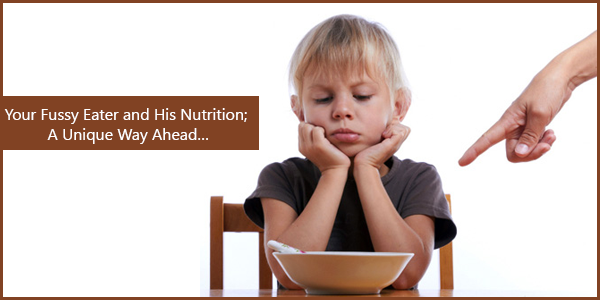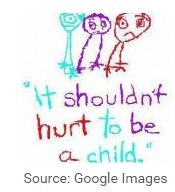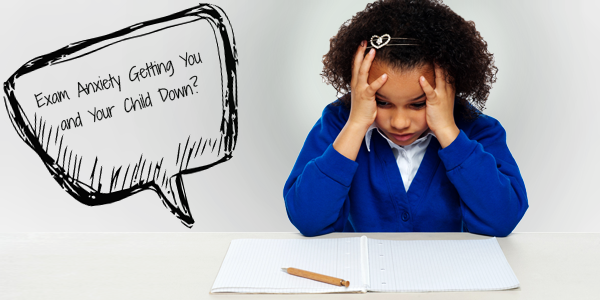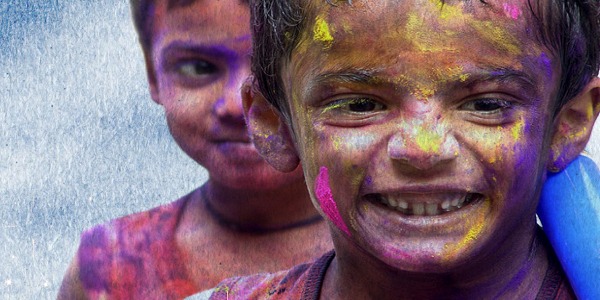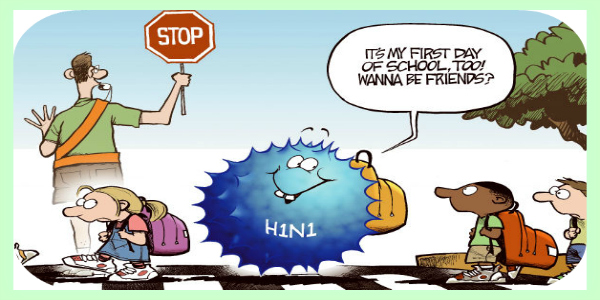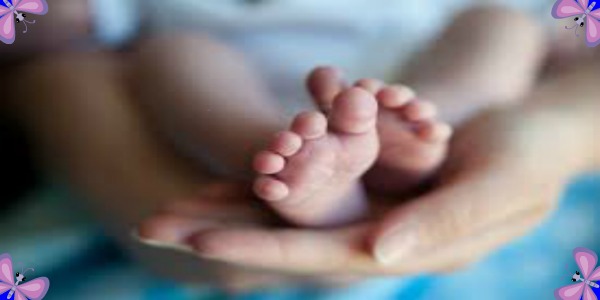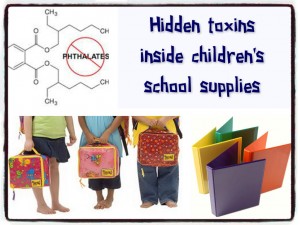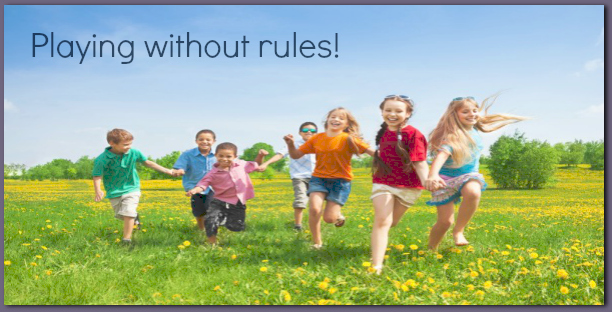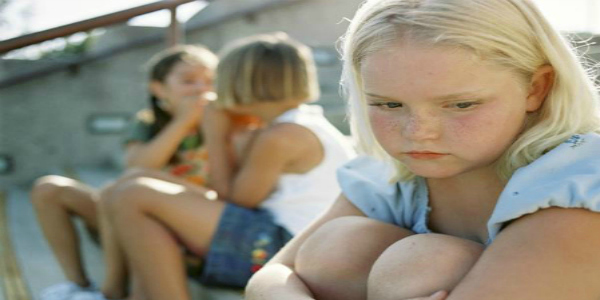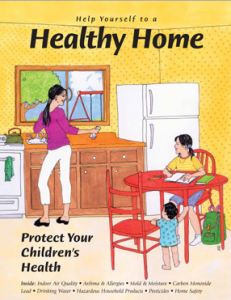When there’s too much attention on what and how much your child is eating, you are invariably giving “the power of not eating” to your child. While we agree that having a fussy eater on hand is not an easy task by any measure, sometimes all we have to do is take attention away from fuss. Yes! That’s it.
